As a cinematographer, how can you make your subject’s beauty really pop?
Fashion and beauty photography/cinematography is big business, so it’d do you good to learn some tricks of the trade that’ll help you really capture the beauty of your subjects. In the video below, Director/DP Matthew Rosen shares his approach to shooting beauty, including how to light a scene and how to achieve gorgeous visual effects in-camera that’ll make your subject really stand out. Check it out below:
Beauty is in the eye of the beholder, even when you’re a cinematographer. There are countless ways to capture “beauty,” but Rosen’s approach is what many would consider to be more traditional: soft, even lighting, delicate flares, etc.
So if that’s what you’re after, here are the four tricks he mentions in the video:
- Lighting:Â Rosen uses a single backlight and two bounces on either side of his subject. This produces a hair light, as well as nice, even lighting on the subject’s face.
- Eye light: Eye lights are crucial in beauty photography/cinematography, because, duh, eyes are beautiful and can express a lot of emotion, so you really need to ensure that you capture that in your subject. Here’s a tutorial dedicated to showing you how to master the eye light.

- Flares:Â This technique gets kind of a bad rap because of its overuse (thanks J.J.), but if used sparingly and intentionally, flares can give your shot that delicate softness you’re looking for. Rosen creates his traveling flares in-camera using a “flashing” technique. If you set up a row of lights and move them along a track with finger flags that cut the light intermittently, you will get these kinds of flares.
- Vignette:Â Creating a vignette can certainly be done in post, but if you want to do it in-camera, Rosen uses different kinds of glass objects set in front of the camera to pull off the effect.

